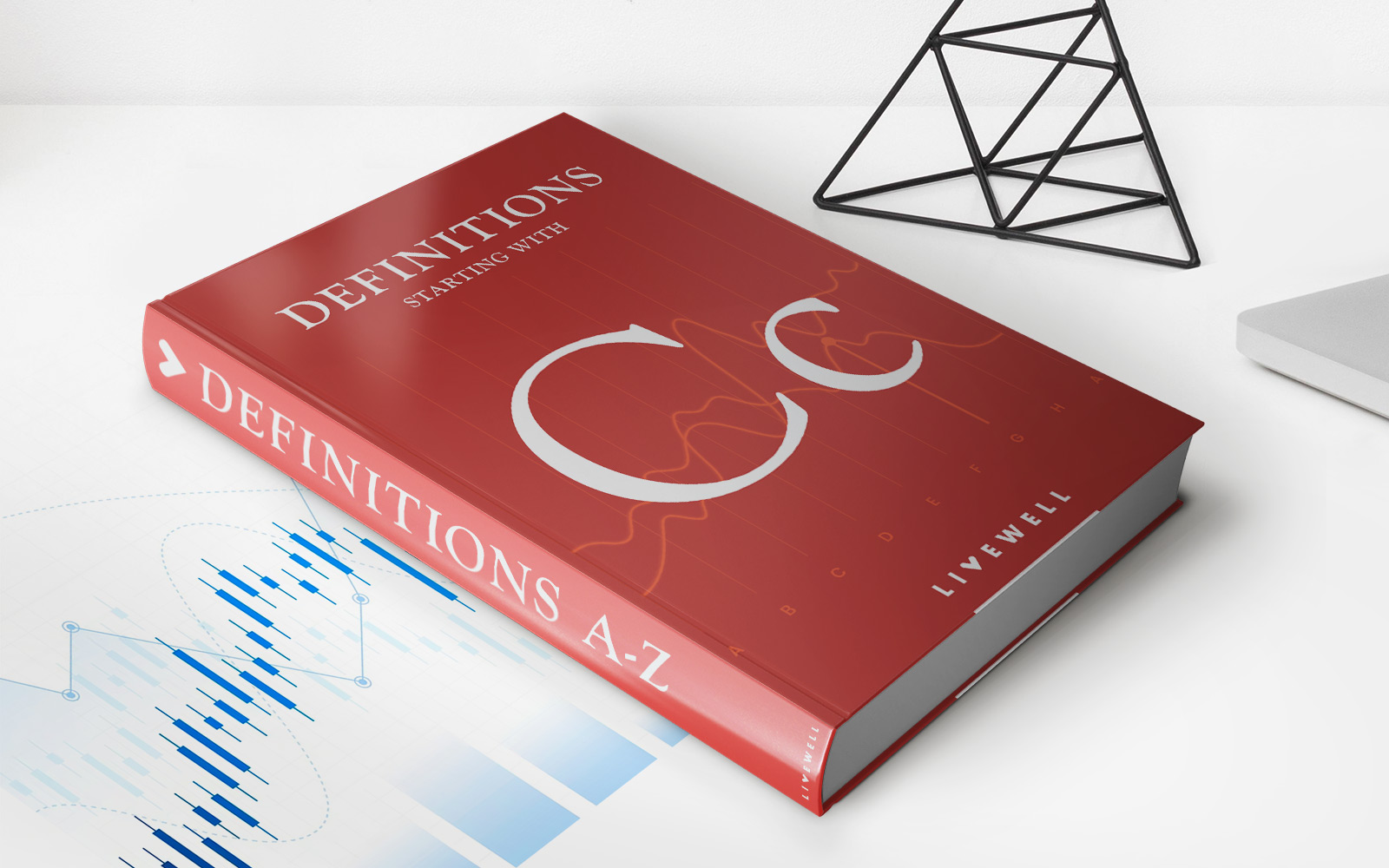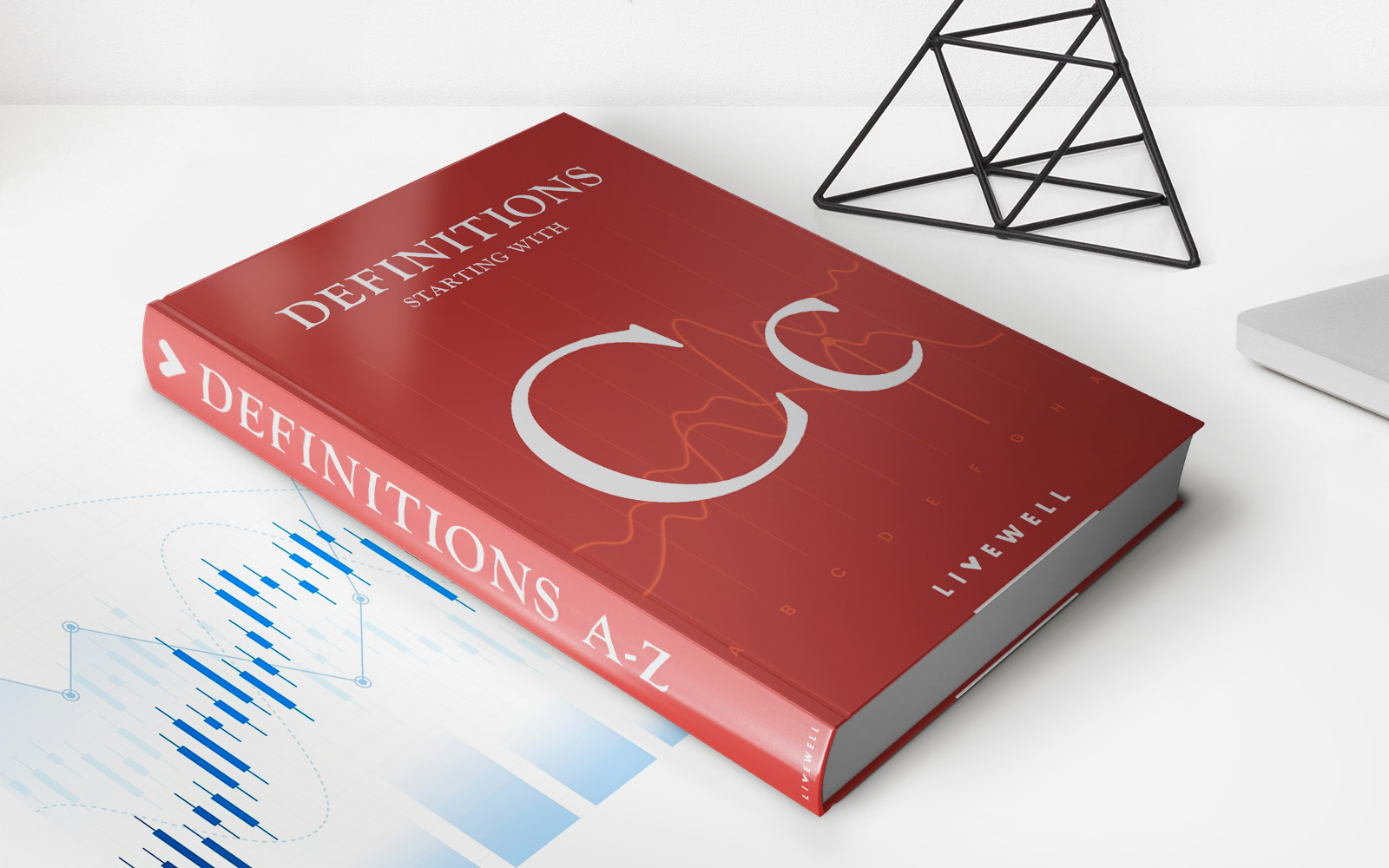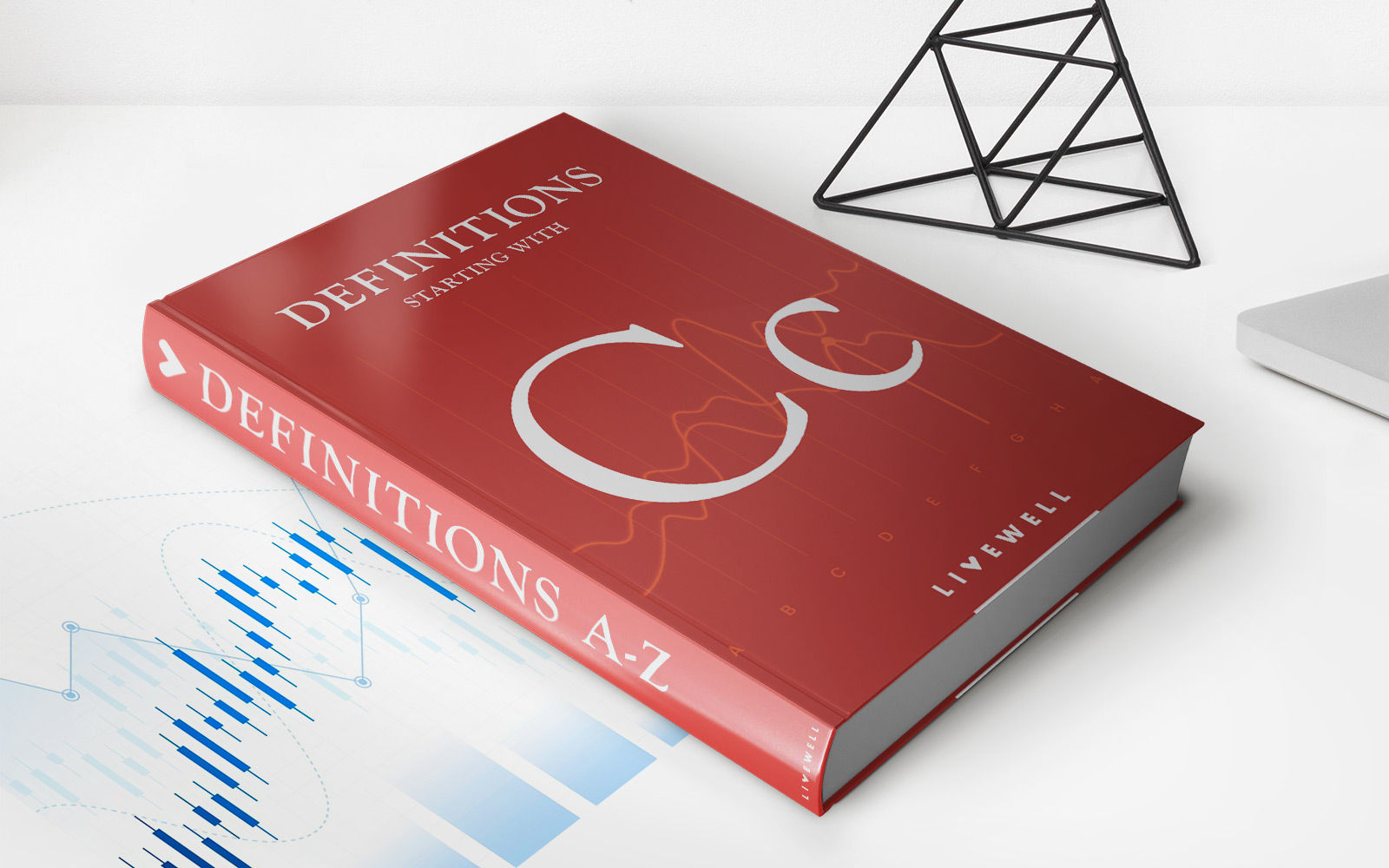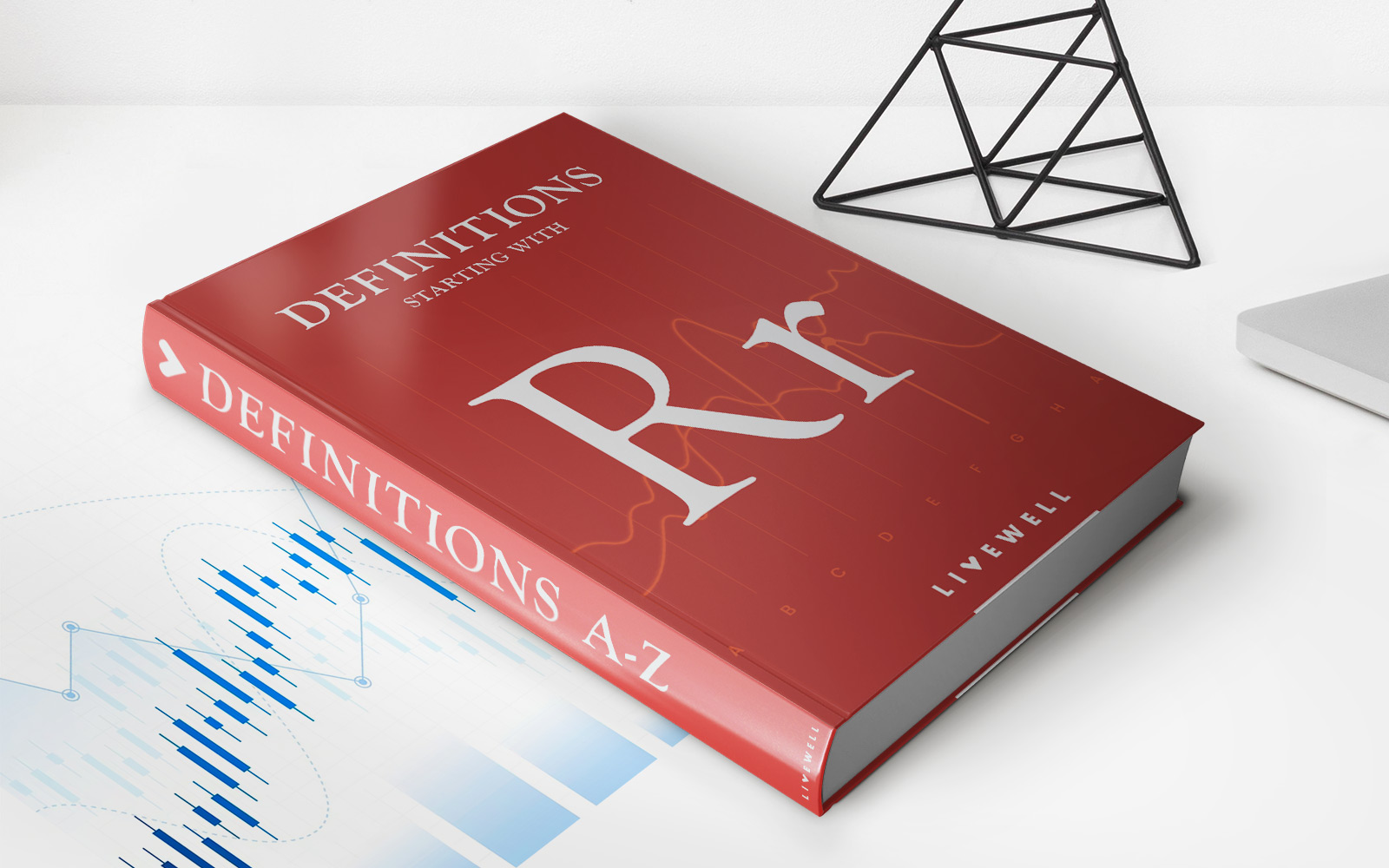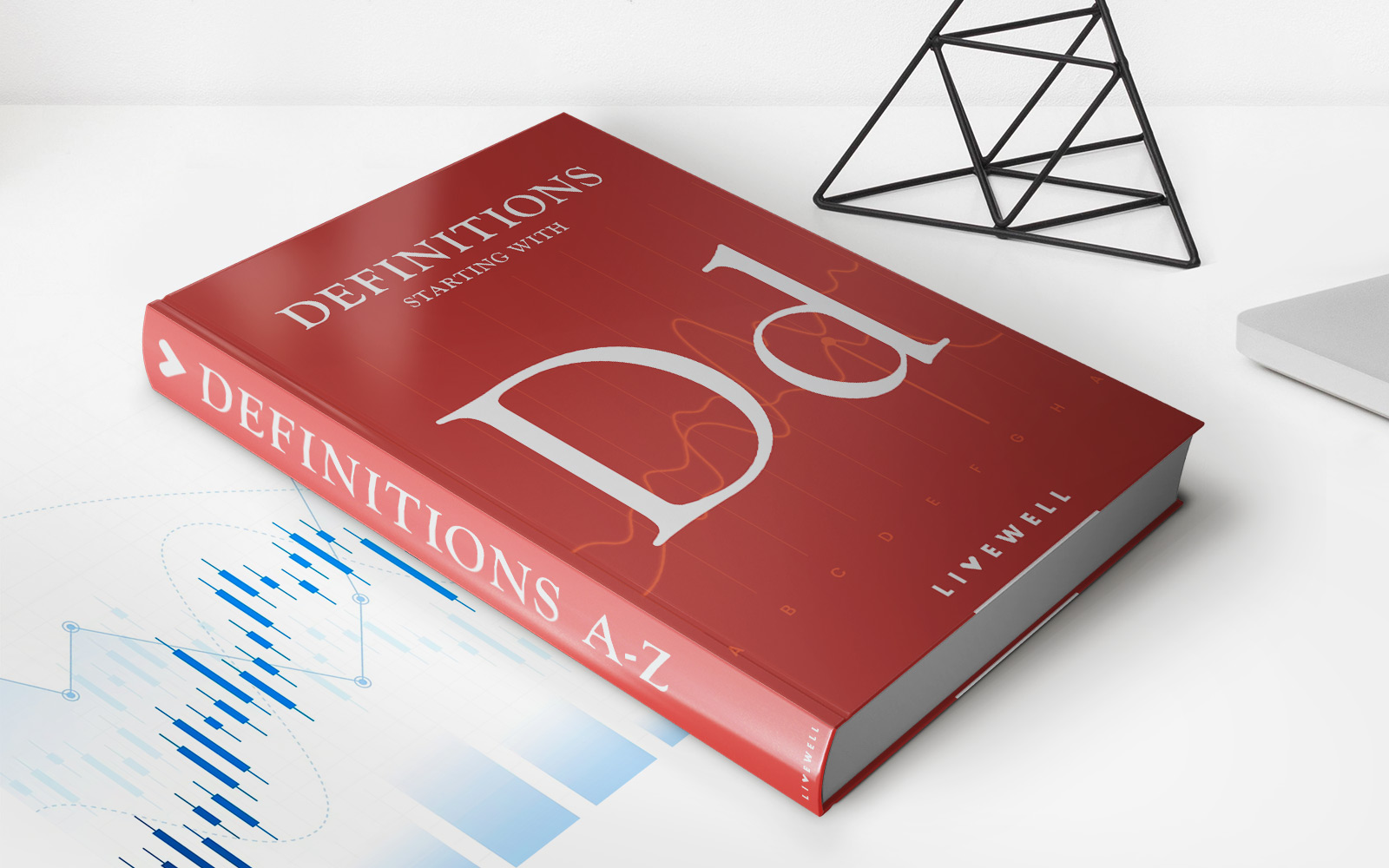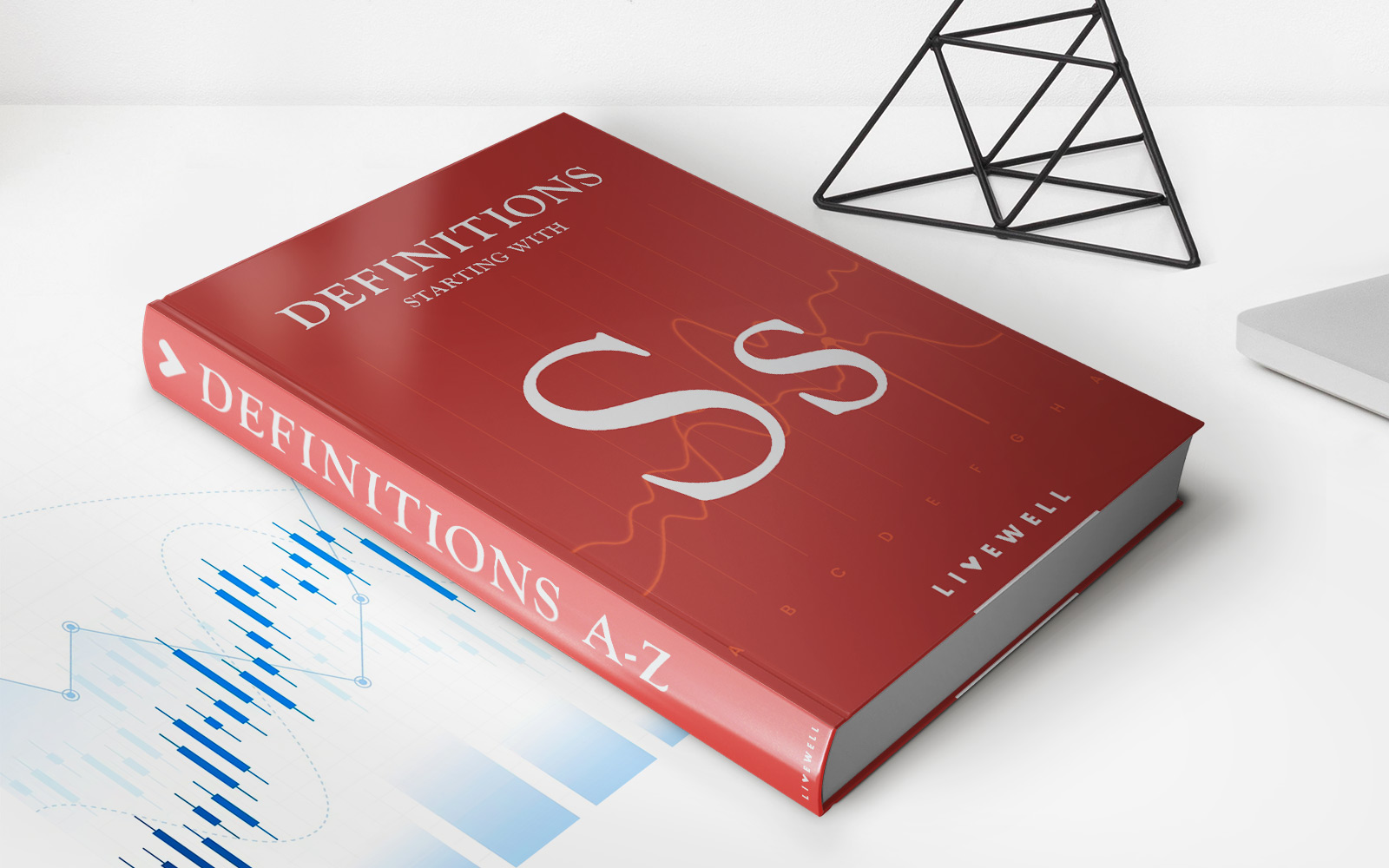

Finance
How To Combine Pensions?
Published: January 22, 2024
Learn how to combine pensions to maximize your retirement savings and financial security. Get expert advice and tips on pension consolidation and management.
(Many of the links in this article redirect to a specific reviewed product. Your purchase of these products through affiliate links helps to generate commission for LiveWell, at no extra cost. Learn more)
Table of Contents
- Understanding the Art of Combining Pensions
- Deciphering the Dynamics of Pension Consolidation
- Key Considerations for Strategic Pension Consolidation
- Navigating the Process of Pension Consolidation
- Evaluating the Benefits and Drawbacks of Streamlining Pension Funds
- Navigating the Path to Optimized Retirement Planning
Introduction
Understanding the Art of Combining Pensions
Pension plans are a vital component of retirement planning, providing individuals with a source of income during their golden years. As individuals progress through their careers, they may accumulate multiple pension plans from different employers or personal contributions. In such instances, the concept of combining pensions becomes a pertinent consideration. This practice involves consolidating various pension pots into a single, streamlined fund, offering a range of potential benefits and advantages.
Combining pensions requires a comprehensive understanding of the process, including the associated factors, considerations, and implications. It necessitates a strategic approach, considering the long-term impact on one's financial stability during retirement. By delving into the intricacies of pension combination, individuals can make informed decisions that align with their unique circumstances and retirement goals.
In the following sections, we will explore the nuances of pension combination, shedding light on the essential factors to consider, the step-by-step process of combining pensions, and the potential pros and cons associated with this financial maneuver. This comprehensive guide aims to empower individuals with the knowledge and insights needed to navigate the complexities of pension combination, ultimately optimizing their retirement preparedness and financial well-being.
Understanding Pension Combination
Deciphering the Dynamics of Pension Consolidation
Combining pensions involves the strategic amalgamation of multiple pension pots into a unified fund, streamlining retirement planning and financial management. This process is particularly relevant for individuals who have amassed various pension plans throughout their careers, including workplace pensions from different employers, personal pensions, and self-invested personal pensions (SIPPs). By consolidating these disparate funds, individuals can potentially simplify their retirement provisions, gain greater control over their investments, and optimize the overall performance of their pension assets.
One of the key objectives of pension combination is to streamline administrative processes, reducing the complexities associated with managing multiple pension schemes. This consolidation can lead to enhanced visibility and oversight of retirement funds, facilitating more effective decision-making and strategic planning for the future. Furthermore, combining pensions may enable individuals to benefit from economies of scale, potentially reducing overall costs and fees associated with pension management.
It is important to recognize that pension combination is not a one-size-fits-all solution, and its suitability varies based on individual circumstances. Factors such as the terms and conditions of existing pension schemes, investment performance, transfer charges, and potential loss of benefits must be carefully evaluated before embarking on the consolidation process. Additionally, understanding the tax implications and regulatory considerations associated with pension combination is crucial for making well-informed decisions and maximizing the long-term value of retirement funds.
By gaining a comprehensive understanding of the intricacies of pension combination, individuals can navigate this financial terrain with confidence, leveraging the potential benefits while mitigating associated risks. In the subsequent sections, we will delve deeper into the essential factors to consider before combining pensions, providing valuable insights to guide individuals through this pivotal aspect of retirement planning.
Factors to Consider Before Combining Pensions
Key Considerations for Strategic Pension Consolidation
Before embarking on the journey of combining pensions, it is imperative to assess a multitude of factors that can significantly influence the outcomes and implications of this financial maneuver. By carefully evaluating these considerations, individuals can make informed decisions that align with their retirement goals and financial circumstances, thereby optimizing the potential benefits of pension consolidation.
- Existing Pension Terms and Benefits: Thoroughly review the terms and conditions of each existing pension scheme, including any guaranteed benefits, bonuses, or special features. It is essential to assess the potential loss of valuable benefits that may occur upon consolidation.
- Investment Performance: Evaluate the historical performance of the existing pension funds, considering factors such as growth rates, fund volatility, and overall investment strategies. Understanding the performance of each pension pot is crucial for assessing the potential impact of consolidation on future retirement income.
- Transfer Charges and Fees: Investigate the transfer charges and administrative fees associated with combining pensions. These costs can vary across pension providers and may impact the overall value of the consolidated fund.
- Tax Implications: Gain clarity on the tax implications of pension consolidation, including potential tax charges, allowances, and the impact on future tax planning. Seeking professional tax advice can provide valuable insights into optimizing the tax efficiency of combined pensions.
- Regulatory Considerations: Stay informed about the regulatory requirements and restrictions related to pension transfers and consolidation. Compliance with pension regulations is essential to avoid potential penalties and ensure a smooth consolidation process.
- Long-Term Retirement Objectives: Align the decision to combine pensions with long-term retirement objectives. Consider the desired retirement lifestyle, income needs, and risk tolerance to determine the most suitable approach for consolidating pension funds.
By meticulously evaluating these factors and seeking professional guidance where necessary, individuals can navigate the complexities of pension consolidation with confidence and clarity. The next section will delve into the step-by-step process of combining pensions, providing a roadmap for executing this strategic financial initiative.
How to Combine Pensions
Navigating the Process of Pension Consolidation
Combining pensions involves a structured process that demands careful consideration of various elements to ensure a seamless and effective consolidation of retirement funds. By following a systematic approach, individuals can streamline the complexities associated with pension combination and optimize the potential benefits of consolidating multiple pension pots into a unified fund.
The following steps outline the process of combining pensions:
- Evaluate Existing Pension Arrangements: Begin by conducting a comprehensive review of all existing pension schemes, including workplace pensions, personal pensions, and any additional retirement funds. Assess the terms, benefits, and investment performance of each pension pot to gain a holistic understanding of the current pension landscape.
- Seek Professional Advice: Engage with qualified financial advisors or pension specialists to gain expert insights into the implications and feasibility of pension consolidation. Professional guidance can help individuals navigate the complexities of pension combination and make well-informed decisions aligned with their retirement objectives.
- Compare Pension Providers: Explore the offerings of different pension providers to identify a suitable destination for the consolidated pension fund. Consider factors such as investment options, fees, customer service, and the overall reputation and reliability of the pension provider.
- Initiate the Transfer Process: Upon selecting the preferred pension provider for consolidation, initiate the transfer process by completing the necessary paperwork and documentation. This typically involves informing the existing pension providers of the intent to transfer funds to the chosen scheme.
- Monitor the Transfer Progress: Stay actively involved in the transfer process, monitoring the progress of fund transfers and ensuring that all relevant parties are coordinating effectively. Clear communication with pension providers and timely follow-ups can facilitate a smooth and efficient transfer of pension funds.
- Consolidate and Reallocate Funds: Once the funds have been successfully transferred to the chosen pension scheme, consolidate the assets and consider reallocating investments based on retirement objectives, risk tolerance, and long-term financial plans.
- Regularly Review and Manage the Consolidated Pension: After combining pensions, maintain a proactive approach to managing the consolidated fund. Regularly review investment performance, adjust asset allocations as needed, and stay informed about any updates or changes in pension regulations or tax considerations.
By adhering to this structured process and leveraging professional guidance where necessary, individuals can navigate the intricacies of combining pensions with confidence and diligence, ultimately optimizing their retirement provisions and financial preparedness.
Pros and Cons of Pension Combination
Evaluating the Benefits and Drawbacks of Streamlining Pension Funds
Before embarking on the journey of combining pensions, it is essential to weigh the potential advantages and disadvantages associated with this strategic financial move. By carefully considering the pros and cons of pension consolidation, individuals can make well-informed decisions that align with their retirement aspirations and financial circumstances.
Pros of Pension Combination:
- Streamlined Retirement Planning: Consolidating pensions simplifies the management of retirement funds, providing individuals with greater visibility and control over their consolidated pension pot. This streamlined approach facilitates more effective retirement planning and strategic decision-making.
- Potential Cost Savings: Pension combination may lead to reduced administrative fees and charges, potentially resulting in cost savings over the long term. By consolidating multiple pension pots, individuals can benefit from economies of scale and lower overall management costs.
- Enhanced Investment Oversight: Consolidating pensions allows for a consolidated view of investment performance and asset allocation, enabling individuals to optimize their investment strategies and potentially improve the overall performance of their retirement funds.
- Simplified Administration: Managing a single consolidated pension pot simplifies administrative tasks, such as monitoring investment performance, making contributions, and tracking fund growth. This streamlined administration can alleviate the complexities associated with managing multiple pension schemes.
- Flexibility and Control: Combining pensions provides individuals with the flexibility to reallocate funds and adjust investment strategies within a unified pension pot, offering greater control over retirement provisions and financial decisions.
Cons of Pension Combination:
- Potential Loss of Benefits: Consolidating pensions may result in the loss of valuable benefits or guarantees associated with existing pension schemes. It is crucial to carefully assess the impact of consolidation on any accrued benefits and weigh this against the advantages of streamlining pension funds.
- Transfer Charges and Fees: The process of combining pensions may incur transfer charges and administrative fees, which can impact the overall value of the consolidated pension pot. Individuals should consider these costs when evaluating the financial implications of pension consolidation.
- Tax Considerations: Pension combination can have tax implications, including potential tax charges and adjustments to future tax planning. Understanding the tax ramifications of consolidation is essential for making informed decisions and optimizing the tax efficiency of combined pensions.
- Regulatory Constraints: Regulatory restrictions and requirements related to pension transfers and consolidation must be carefully navigated to ensure compliance and avoid potential penalties or setbacks during the consolidation process.
By carefully weighing these pros and cons, individuals can approach the decision to combine pensions with a comprehensive understanding of the potential benefits and drawbacks, enabling them to make informed choices that align with their long-term financial objectives and retirement aspirations.
Conclusion
Navigating the Path to Optimized Retirement Planning
In the realm of retirement planning, the decision to combine pensions represents a pivotal juncture that demands careful consideration and strategic evaluation. As individuals seek to optimize their retirement provisions and streamline their financial resources, the prospect of consolidating multiple pension pots into a unified fund presents both opportunities and challenges. By delving into the intricacies of pension combination, individuals can gain valuable insights to navigate this terrain with confidence and diligence, ultimately enhancing their long-term financial well-being and retirement preparedness.
Understanding the art of combining pensions involves a multifaceted approach, encompassing a comprehensive assessment of existing pension arrangements, meticulous consideration of key factors, and a strategic roadmap for executing the consolidation process. By evaluating the potential pros and cons of pension consolidation, individuals can make informed decisions that align with their unique circumstances and retirement aspirations, ensuring that the benefits of streamlining pension funds outweigh the associated drawbacks.
It is imperative for individuals to seek professional guidance and leverage expert insights when considering the consolidation of pensions, as the implications of this financial maneuver can have far-reaching effects on retirement income, investment performance, and long-term financial stability. By engaging with qualified financial advisors or pension specialists, individuals can gain clarity on the feasibility, implications, and potential benefits of combining pensions, empowering them to make well-informed decisions that align with their retirement objectives.
Ultimately, the journey of combining pensions is a strategic endeavor that requires a balanced approach, considering the nuances of individual pension arrangements, investment performance, tax considerations, and regulatory requirements. By carefully weighing the potential advantages and drawbacks, individuals can chart a course toward optimized retirement planning, leveraging the benefits of streamlined administration, enhanced investment oversight, and potential cost savings while mitigating the associated risks and implications of pension consolidation.
As individuals navigate the complexities of pension combination, they are poised to optimize their retirement provisions, gain greater control over their financial resources, and pave the way for a secure and fulfilling retirement journey. By embracing the insights and considerations outlined in this comprehensive guide, individuals can embark on the path to strategic pension consolidation with confidence, empowering them to enhance their financial well-being and embrace the opportunities that lie ahead in their retirement years.
